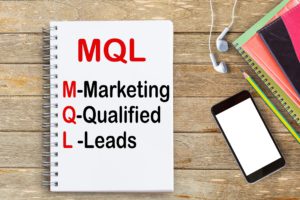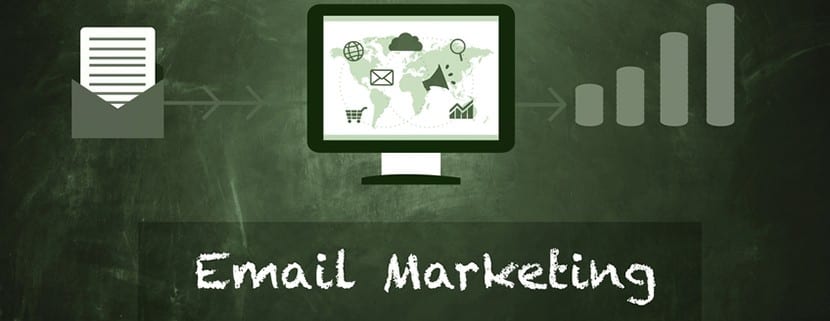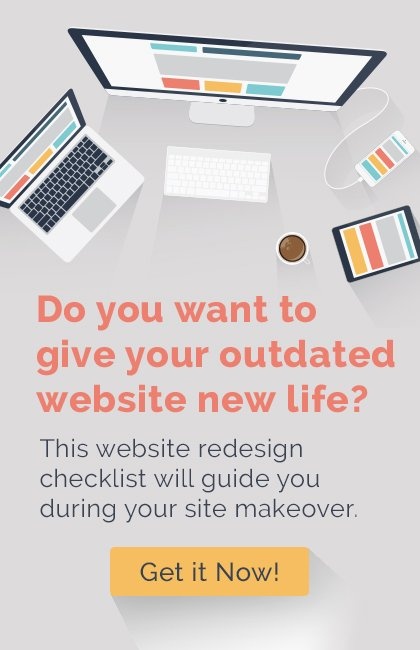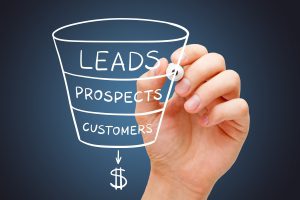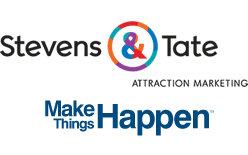
6 Reasons You Should Leverage Long Form Video Marketing
Video marketing has long been accepted as one of the most effective forms of content marketing. Video content is easy for people to consume on any device. It’s also arguably the best way to deliver a message in an engaging way and to establish an emotional connection. However, there’s been a misconception that short-form video content is the best way to go. After all, people generally have shorter attention spans these days. Not to mention that many social platforms, such as Snapchat and TikTok, encourage shorter video content. Yet there should also be a place for long-form video content in your video marketing strategy.
Let’s understand first what is long for video content?
Long-form video content offers a deeper and more extensive exploration of the topic, providing a comprehensive understanding of the subject matter.

6 Reasons To Leverage Long Form Video Marketing
The following are six reasons why you should be using long-form video marketing:
1. Deliver More Value
There’s very little time to provide useful information to viewers in a 30-second to two-minute clip. You basically have just enough time to deliver a simple message. As such, there’s not a whole lot of value in short-form videos. The only thing you can really achieve is to generate brand awareness. Long-form videos are much more effective when it comes to trying to provide value to your audience. For example, it’s difficult to create a how-to video that’s less than a couple minutes long. However, you can create a detailed, step-by-step how-to video in the long-form format.
2. Create A More Engaging Experience
Although more short-form videos are consumed than long-form videos, long-form videos drive more engagement. A video marketing study published in 2017 revealed that although 80 percent of videos are under five minutes, those videos drove less than 33 percent of overall video engagement. On top of that, 8 percent of the videos that were over 15 minutes long drove half of all audience engagement. As long as the quality of your video content is high, a long-form video is going to be more engaging. After all, it’s going to keep viewers on your site (or social channel) much longer than a 30-second video would. Not to mention that the actual content you’re delivering will be more engaging since you’re able to provide more information that’s useful to your audience.

3. Improve Your SEO
Short-form videos may get shares on social media, especially if they go viral due to their humor. However, short-form videos don’t tend to earn many backlinks. Websites are more likely to link back to your videos if they provide exceptional value, which they are more likely to do if they are on the longer side. By earning more backlinks, your long-form videos will help boost your SEO.
Similar Article: Six Types of Real Estate Video Marketing Ideas For Homebuilders
4. YouTube Favors Longer Videos
YouTube is the major video platform. Not only is it the top video hosting platform, but it’s also the second biggest search engine behind Google as well as a social media platform in itself. Long-form videos do much better on YouTube than short-form videos. There’s a reason for this: YouTube’s algorithm is built around favoring long-form content. The reason why they built their algorithm this way is that longer videos allow more room for ads. Videos have to be at least 10 minutes long before ads can be run in the middle of the video, which is why many YouTube creators do everything they can to reach that 10-minute mark.
5. Build Your Brand Authority
While shorter videos may get more views, they don’t generally help much in the way of building your brand authority. This is simply because shorter videos are limited in the amount of useful information they can convey. BY creating long-form videos, you can go into way more depth about a subject. The more in-depth your video subject matter is, the more you’ll be able to showcase your authority. This will help to boost your brand’s authority within your industry, which can help to build more brand trust as a direct result.
6. Convert More Leads
Building your brand authority is certainly going to play a part in converting leads. When viewers develop trust in your brand by watching your long-form videos, they’ll be more willing to convert. However, this isn’t the only reason why long-form videos convert more than short-form videos. The people who are watching long-form videos tend to be near the bottom of the sales funnel, while people who are watching short-form videos are probably still near the top of the funnel. As such, many long-form video viewers are already ready to convert.
Shorter videos are a good way to generate more brand awareness. However, long-form video content tends to be much more effective overall when it comes to nurturing leads and building brand authority and trust. As such, you should make sure to implement a long-form video content strategy if you haven’t done so already.






 3. Focus on Customer-Centric Website Design
3. Focus on Customer-Centric Website Design 6. Clean Up SEO and Enhance Accessibility During Your Website Redesign
6. Clean Up SEO and Enhance Accessibility During Your Website Redesign


